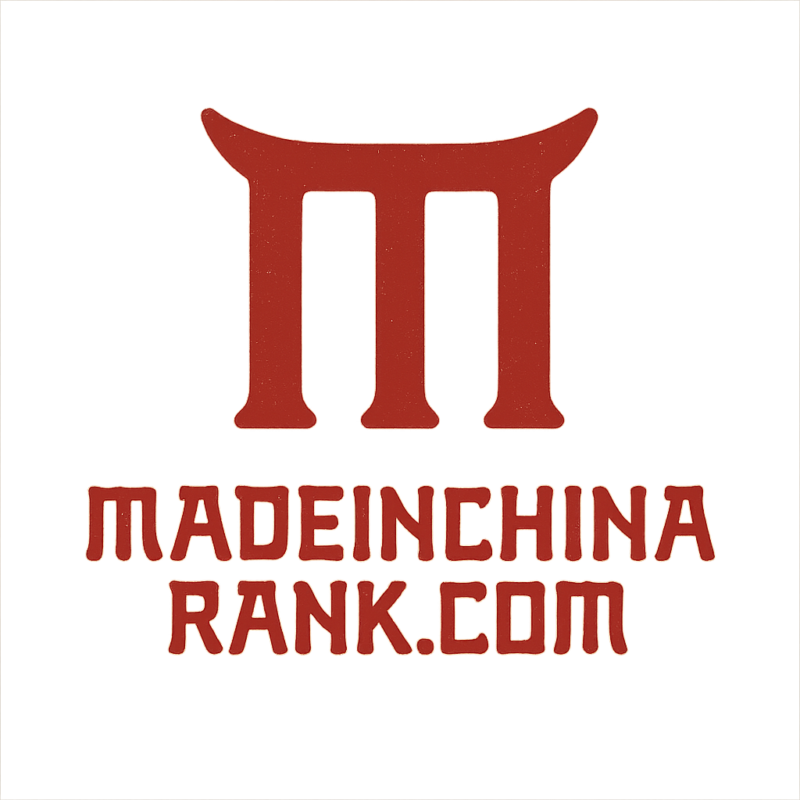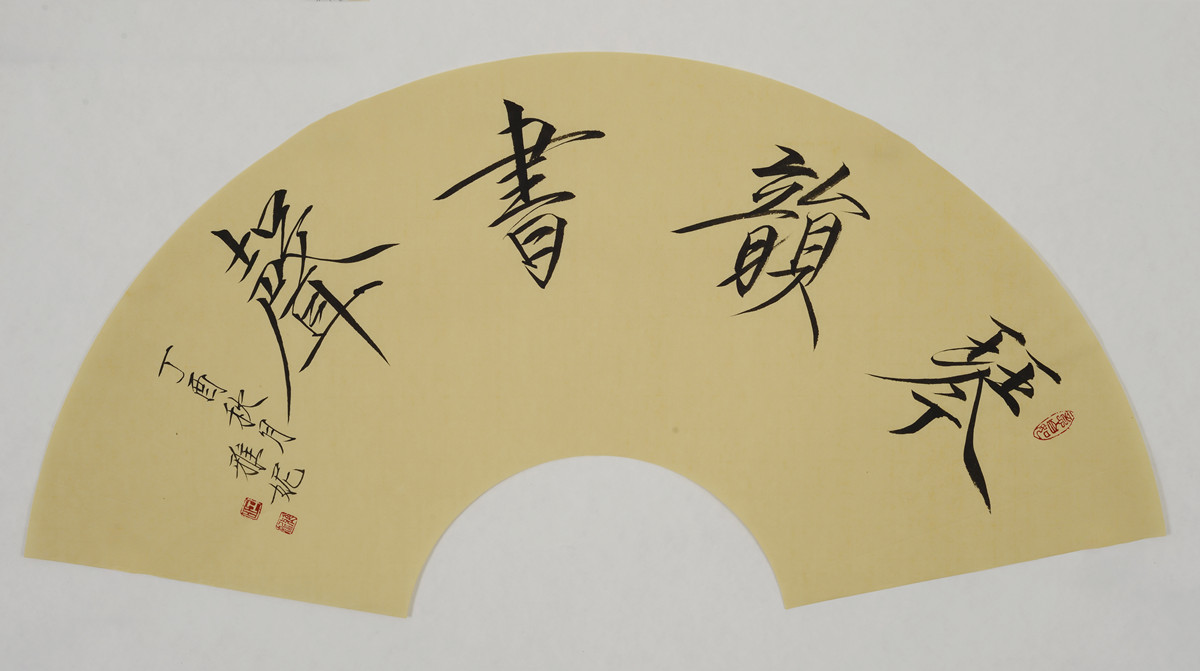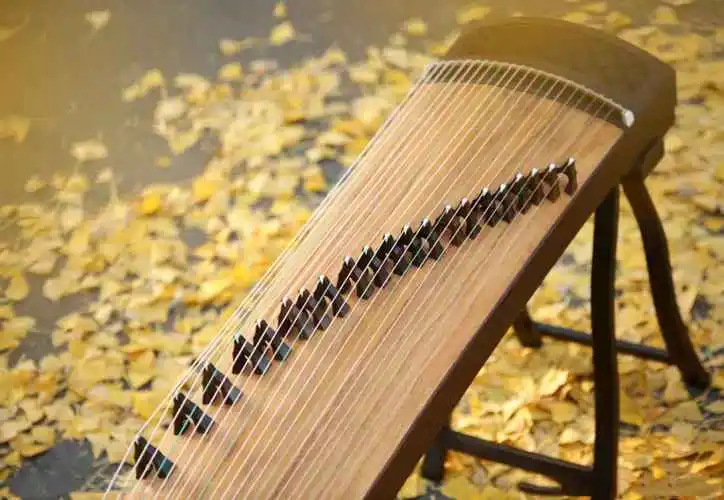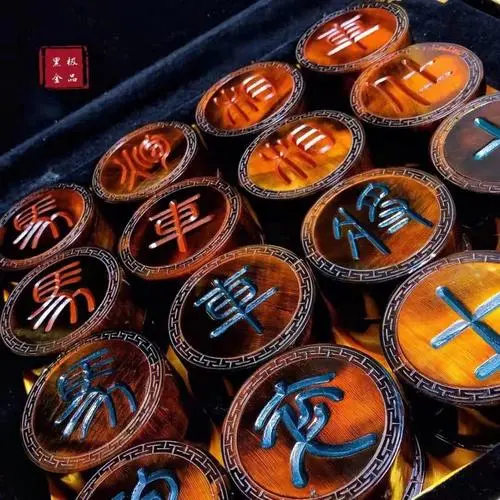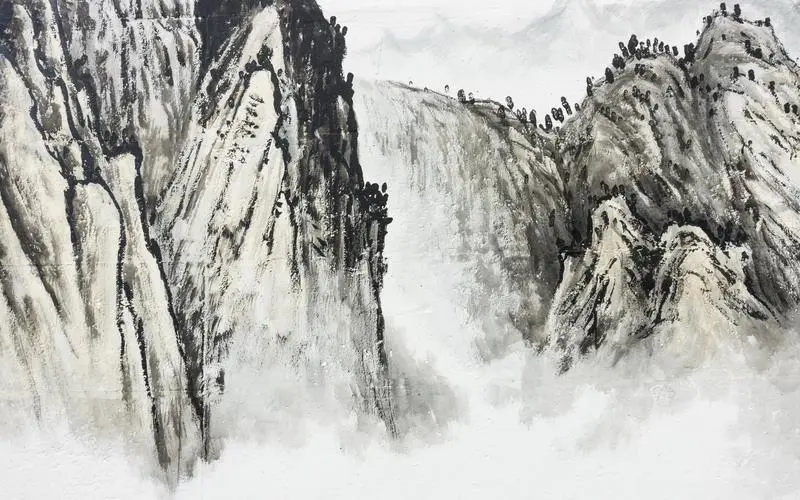The Chinese Four Arts, also known as the Four Treasures of the Study, is a set of skills that have been valued by the Chinese for centuries. They include qing (music), qi (Chinese chess), shu (calligraphy), and hua (painting). Each of these skills requires a high level of creativity, discipline, and technique to master, and they are considered essential elements of Chinese culture.
-
Qing: The Art of Music
Music has always played an important role in Chinese culture, and qing, the art of music, has been highly respected for thousands of years. In ancient times, music was used to communicate with the gods, and it was believed that playing the right music could bring harmony to society. Today, qing is still considered an important art form, and many Chinese children learn to play an instrument from a young age.
There are many different styles of Chinese music, including classical, folk, and modern. Classical Chinese music is often played on traditional instruments such as the guzheng, pipa, and erhu, while modern Chinese music incorporates Western instruments and styles.
-
Qi: The Art of Chinese Chess
Qi, the art of Chinese chess, is a strategic game that has been played in China for over a thousand years. It is similar to Western chess in that the objective is to capture the opponent’s pieces and checkmate their king, but there are many unique aspects to the game that make it challenging and rewarding.
Chinese chess is played on a board with 10 horizontal lines and nine vertical lines, and each player starts with 16 pieces, including a general, or king, and several soldiers, horses, chariots, and cannons. The game requires careful planning and strategic thinking, and it is often played by older Chinese men in parks and public places.
-
Shu: The Art of Calligraphy
Shu, the art of calligraphy, is the most revered of the Four Arts. Calligraphy has been practiced in China for over two thousand years, and it is considered an essential skill for scholars and artists. The art of calligraphy involves using a brush to write Chinese characters on paper or silk, and it requires a deep understanding of Chinese characters, as well as mastery of the brush strokes and ink.
There are many different styles of calligraphy, including seal script, clerical script, regular script, running script, and cursive script. Each style has its own unique characteristics, and mastering all of them requires years of practice and study. Calligraphy is not just a means of communication, but a form of artistic expression that reflects the beauty and elegance of the Chinese language.
-
Hua: The Art of Painting
Hua, the art of painting, is another important component of the Chinese Four Arts. Chinese painting is unique in that it combines both artistic expression and technical skill, and it has been an important part of Chinese culture for thousands of years. Chinese painting is often done on silk or paper with a brush and ink, and it includes many different styles and techniques.
Chinese painting is known for its use of brush strokes and ink, which can convey a wide range of emotions and moods. Some of the most famous Chinese paintings include landscapes, flowers, birds, and animals, and they often reflect the natural beauty of China.
-
Conclusion
The Four Arts of China have been highly valued for thousands of years, and they continue to be an essential part of Chinese culture today. Each of these arts requires a deep understanding of Chinese history and culture, as well as a high level of creativity, discipline, and technical skill. By practicing the Four Arts, Chinese people are able to connect with their heritage and express themselves
